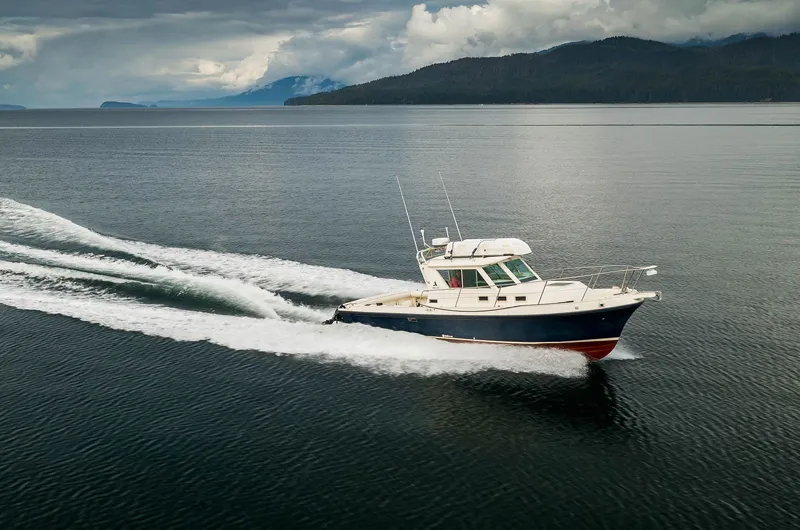
It’s hard to pull back the reigns on the first trip of a new boating season, you’ll naturally want to make plans for a full day of boating on the water. And while that’s all well and good, be sure you take a “shakedown” cruise first… even if your vessel was operating flawlessly the last time you were out on it. If you’re lucky to live in an area where weather permits year-round boating, consider this your midseason checkup!
Here are eight checkpoints that should be part of any spring shakedown cruise:
- Before you leave the house, check that your registration and boat insurance policy are current and valid.
- Ensure you have all Coast Guard-required equipment on board including approved life jackets for each passenger and a fire extinguisher that is not expired. Refresh your medical kit (and sunblock is never a bad decision).
- Inspect your trailer and vessel on land before heading out. Check the trailer tires for proper inflation and make sure the bearings aren’t frozen. Be sure the boat plug is in place and an anchor is on board. Top off your gas tank and give the entire hull a once-over.
- Check the fuel filter for dirt and grime, and clean or change the spark plugs. Check the engine’s strainer for weeds and make sure your scuppers are clear.
- After launching, start your engine and listen carefully. Check to ensure a strong and steady stream of water is being pumped out the tell-tale. If it isn’t, turn the engine off and check for blockage. Do not run the engine if you cannot get water to shoot from the tell-tale or it will overheat.
- Before leaving the dock, run through your electronics to ensure everything is functioning properly. Check that the chart plotter, depth sounder, radio, freshwater systems, and all instruments and lights are functioning.
- Getting underway, go light on the throttle. Steadily build up speed by increasing RPMs incrementally. Hold each new setting for a minute or two before adding more speed. As you progress, check to ensure trim tabs are responding properly.
- Get a good feel for how your vessel reacts to the slightest nudge of the throttle while also listening for extraneous rattles, clanking and clinking sounds. Stop, locate and either fix or record anything that sounds loose, comes free or appears shaky including fishing rod holders, electronics, cleats, guardrails, fish boxes, coolers, etc.
Making the time to shake everything out can ultimately save you a tow back to the dock and big bucks for fixing small problems before they become big ones. So slap a smile on that face, step aboard and set a course for the nearest stretch of safe open water to shake it down.
For a season of worry-free boating, make sure your Sea Tow membership is current. Learn more about our membership options and find the one that’s right for you. Pay one annual rate and receive the most comprehensive member benefits available. To find the Sea Tow closest to you, use our service locator or call our Customer Care Center at 800-4-SEATOW.
Photo credit: @csmphotos
